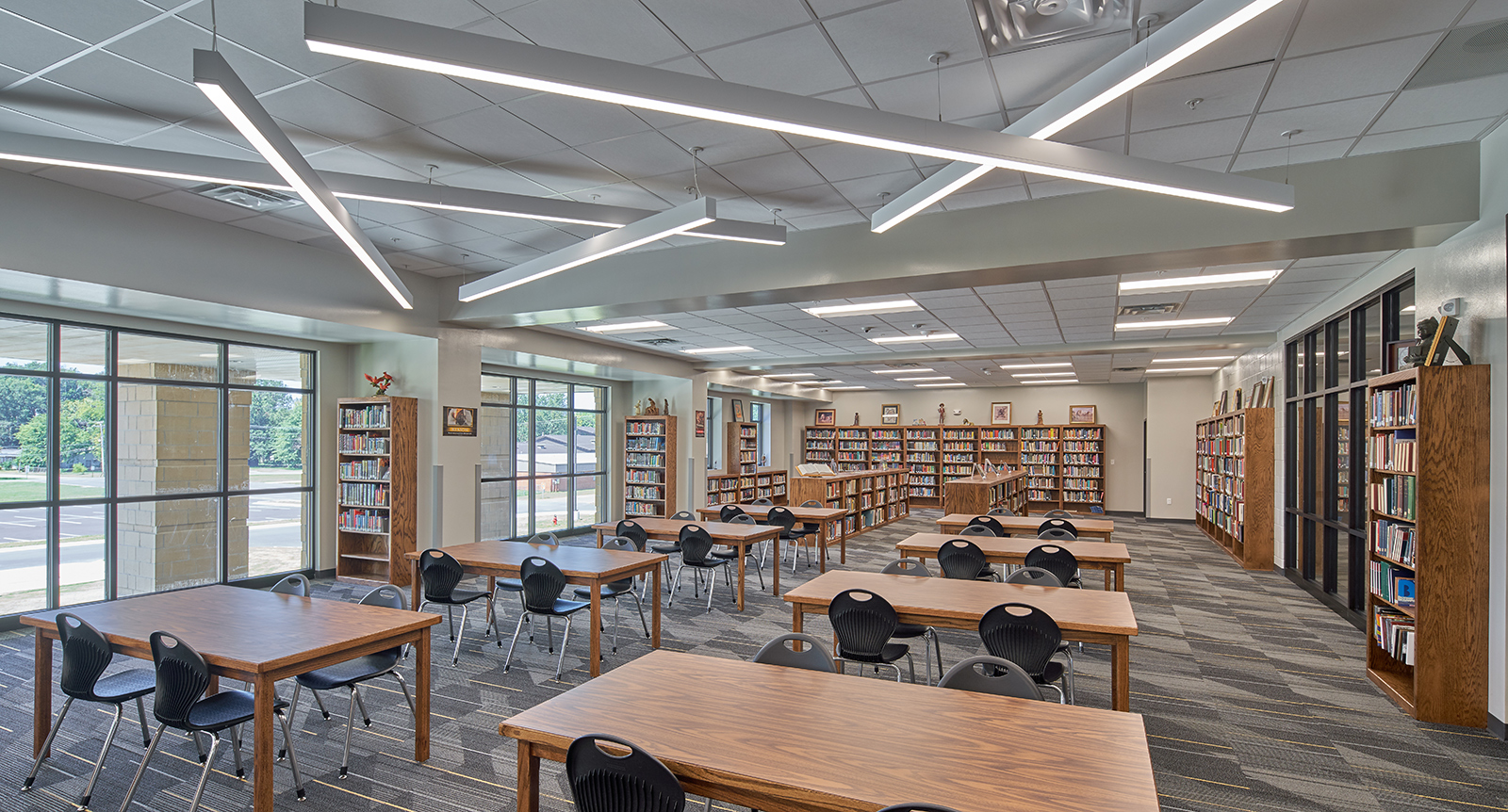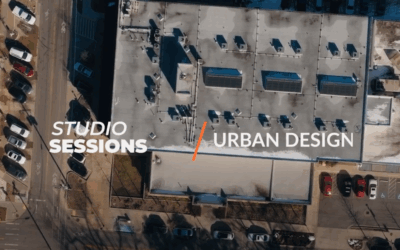A safe return to school for all is the ultimate goal with school district facility upgrades through a new federally funded program, Elementary and Secondary Schools Emergency Relief (ESSER). Meeting the needs of the schools to support students, educators, prevent learning loss, and improve the health factors of facilities items experienced architects and engineers can assist with.
With summer break quickly approaching, school districts now have an opportunity to assess facilities for repairs and improvements under ESSER Funds without disruption to the normal school year. ESSER Funds are a $13.2 billion portion of the $30.75 billion Education Stabilization Fund that was, in turn, part of the federal Coronavirus Aid, Relief, and Economic Security (CARES) Act authorized by congress in March 2020.
Facilities repairs and improvements, under ESSER parameters, can include school facility repairs and improvements to enable operation of schools to reduce risk of virus transmission and exposure to environmental health hazards, and to support student health needs. This also includes inspection, testing, maintenance, repair, replacement, and upgrade projects to improve the indoor air quality in school facilities, including mechanical and non-mechanical heating, ventilation, and air conditioning systems, filtering, purification and other air cleaning systems, fans, control systems, and window and door repair and replacement.
School administrators have a lot of choices regarding which upgrades are needed. They need to prioritize, budget, and plan for the appropriate upgrades.
There’s also the consideration of infrastructure that supports physical distancing, like bringing an unused wing of a school into compliance with fire and safety codes to create more space or to reduce class sizes, creating physical barriers to facilitate social distancing, and renovating spaces to increase social distancing within school facilities consistent with CDC guidelines, or the acquisition of real property or modular classrooms. Experienced architectural and engineering professionals bring value to stakeholders by combining years of school design experience with in-depth knowledge of indoor air quality and current environmental factors to present holistic solutions.
HVAC system design upgrades and system monitoring can be achieved by evaluating existing HVAC equipment and analyzing air distribution systems to improve indoor air quality and minimize the spread of viruses and other pollutants in the classroom. According to the Division of Public School Academic Facilities and Transportation (DPSAFT), an upgraded HVAC system will promote student and staff health by minimizing molds, allergens, and other disease-causing agents.
Studies have long shown that Indoor Air Quality Assessments are directly related to occupant health, comfort, and productivity. In the school environment, increased IAQ along with effective air distribution can not only reduce the spread of infectious diseases, but can lead to increased student performance and lower absentee rates.
Schools will want to provide the safest possible environment for students and staff to return to this fall. The ESSER funds are making that wish a possible reality for school districts all across the country. And, especially Arkansas schools that are in dire need of facility upgrades. School districts should seriously consider facility repairs and improvements under the ESSER parameters to ensure a comfortable and safe environment for all.
This article was originally published in AMP News Online.




